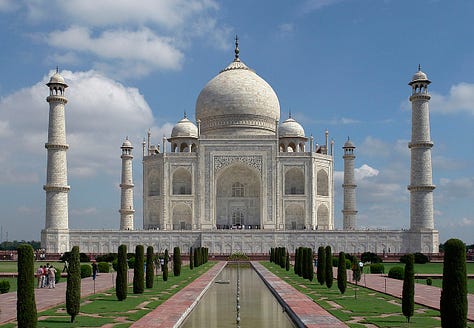The Necrologs of Bulgaria
Remembering the Dead in Daily Life
Last month, I spent a few days in Burgas, a resort city on the Black Sea coast of Bulgaria. Walking around, I noticed hundreds of posters on buildings, on garage doors, next to shops, and even on trees.
At a glance, they seem like posters for missing people. Take a closer look, however, and you quickly realize that they are actually memorial posters of the (not so recently) deceased.




In Bulgaria (and apparently in neighboring Serbia, as well) it is common for families to put up these posters, called “necrologs”, to commemorate passed loved ones. The posters contain a brief biography, information on the funeral arrangements, and brief lines of poetry or other kind words about the deceased.
As you can tell by my photos above, many of the posters have been there for years. However, it is a common practice to replace the posters when they get too weathered. Sometimes, the newer posters are simply placed next to the older ones.
The new versions often have a slightly different design, as well as updated information: the 8 and 9 indicate how many years have passed since the person died. For some reason, the newer one (on the right) is more water damaged.
Image from NeverendingEverywhere.WordPress.com
These posters made me wonder about the ways in which we architecturally memorialize the dead in public spaces. After all, some of the most famous artworks in the world are funerary in nature, including the Egyptian pyramids, the Taj Mahal, and the Terracotta Army, to name but a few.



The necrologs were a little too omnipresent for me, although Bulgarians say that they aren’t as ominous as they seem to foreigners. To quote one of the few online posts in English on the topic:
The pervasiveness of necrologs makes for an interesting cultural relationship with death and grieving. When I was younger I found them to be a saddening sight, sort of a constant reminder of death. As an adult I am not affected in the same way – these necrologs as we call them are a tribute, a sharing of grief, a way to preserve someone’s memory. They are not joyous in the tradition of the Day of the Dead, but they are also not exceptionally sad. The words from relatives and families are often beautiful, a heartfelt expression of the value that the person brought to their lives. They remind us of the people we have lost, and they ensure that a person is remembered in their neighborhood for many years after their passing.
Stoytcho Marinov Stoytchev
What I do like about the necrologs is how they are an avatar, or representation, of the “real” memorial, i.e., the gravestone in a cemetery. They function remotely as a society-wide memory object of the deceased, and this gives them more collective cultural power than mere photos in private homes. This also allows for memorials without the gloominess and heaviness – not to mention the physical space requirements – of traditional cemeteries.
The future of urban cemeteries has been something of a hot topic in the last few decades, as the combined trends of desire for public green space and increased secularity (or to use a term by the philosophy Charles Taylor, immanence, defined as “focused on this world and not the next”) have come up against the simple fact that many desirable green areas in city centers are cemeteries.
While I certainly don’t want to remove historical cemeteries and replace them with bland condos, there is something odd about the fact that so much beautiful land is taken by dead people, the majority of which are from centuries ago – making such cemeteries primarily into tourist attractions – like the Père Lachaise Cemetery in Paris or Trinity Church Cemetery in New York City – and not as places for the living to mourn the dead.


At the same time, contemporary Western culture is already extremely avoidant when it comes to the topic of death, so I’m not sure that further isolating memories of the dead is a healthy solution. This may already be a foregone conclusion, however, as most American cities (and most cities built recently) already put their cemeteries on the city outskirts. Adding to that is the increased popularity of cremation, which mostly negates the need for a cemetery.
A better solution for remembering the dead, I think, would be a time-based memorial along the lines of the Bulgarian necrologs. It could work like this: one day per month, a designated person hangs up the posters for a single day, then takes them down that night. Posters could also be replaced by sculptures or another art form.
Although it might not be possible now, in the future this could be a virtual reality (VR) or augmented reality (AR) experience. I am imagining a hologram that shows the deceased person going about their day in the spaces in which they lived. Again, it might be too much to see everyday, but once a week or once a month seems ideal. Alternatively, it could be activated at any time by pressing a button on a nearby building.
This approach would allow for a consistent society-wide reminder of the deceased, without being omnipresent, as in the necrologs, or overbearing, as in graveyards.

